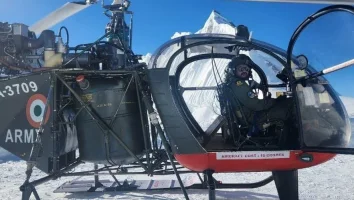- Views: 855
- Replies: 8

The Indian Army's plans to acquire Stryker armored vehicles from Canada have been thrown into uncertainty as diplomatic tensions between the two countries continue to escalate.
The recent public disagreement, sparked by Canadian Prime Minister Justin Trudeau's allegations against India regarding the death of a Sikh separatist leader, has cast a shadow over bilateral relations, including defence cooperation.
The potential disruption of the Stryker deal is a significant development for India's defence modernization efforts. These versatile and heavily protected vehicles were slated to be a crucial addition to the Indian Army's arsenal. However, the current diplomatic climate has raised questions about the viability of the procurement.
India's Ministry of External Affairs (MEA) vehemently denied Canada's accusations on October 17th, citing a lack of evidence and criticizing the claims as baseless. This public condemnation further strained the relationship between the two nations.
The deteriorating diplomatic situation has broader implications for defence cooperation between India and Canada. While the two countries have historically enjoyed cordial ties, the recent events have introduced a new level of friction. The Stryker deal serves as a prime example of how this diplomatic fallout could impact defence acquisitions.
As the standoff persists, the future of the Stryker procurement remains uncertain. The Indian government is likely to carefully evaluate the situation and explore alternative options if the deal faces further obstacles. This incident underscores the complex interplay between geopolitical considerations and defence modernization initiatives.
While the Stryker acquisition was a significant part of India's plans, the country has been actively pursuing diversification in its defence procurement. India has been increasingly focusing on indigenous defence production and exploring partnerships with other nations.
Should the Stryker deal fall through, India may look to accelerate these efforts or explore alternative armored vehicle options from countries like the United States, South Korea, or Israel.


